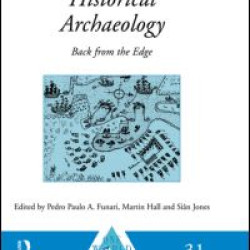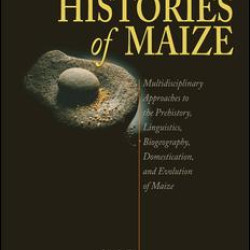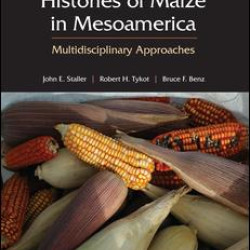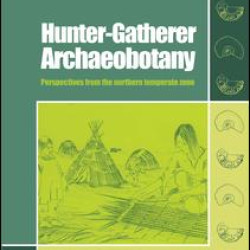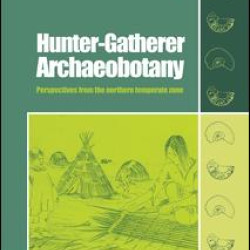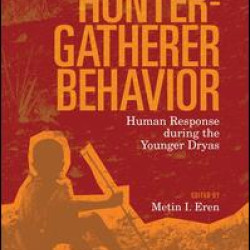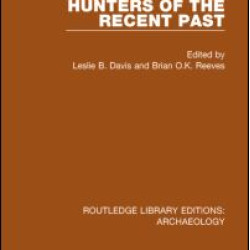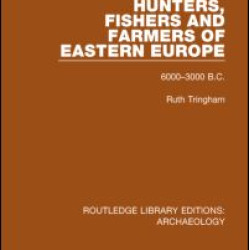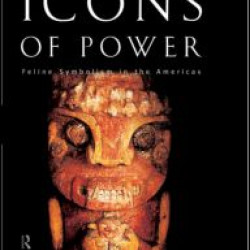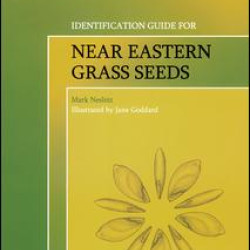Archaeology
Brand: Taylor & Francis
Model: 9780415518888
Will be a welcome contribution to recent debates in historical archaeology. It will be of interest to students and scholars working in the fields of history and archaeology...
₹3,083.74 ₹3,854.68
Brand: Taylor & Francis
Model: Stock
Histories of Maize is the most comprehensive reference source on the botanical, genetic, archaeological, and anthropological aspects of ancient maize published to date...
₹7,343.26 ₹9,179.08
Brand: Taylor & Francis
Model: Stock
Abridged and updated version of the basic work on the development of maize, including 20 chapters of interest to Mesoamerican specialists, updated with recent findings and interpretations...
₹2,496.22 ₹3,120.28
Brand: Taylor & Francis
Model: Stock
The Hellenistic city of New Halos existed for only a short time before being destroyed by an earthquake. This book presents the details of six excavated New Halos homes, and gives a unique and valuable view of Hellenistic housing...
₹12,852.00 ₹16,064.99
Brand: Taylor & Francis
Model: Stock
Hunter-Gatherer Archaeobotany shows how archaeobotanical investigations can broaden our understanding of the much wider range of plants that have been of use to people in the recent and more distant past...
₹4,919.74 ₹6,149.68
Brand: Taylor & Francis
Model: Stock
Shows how archaeobotanical investigations can broaden our understanding of the wider range of plants that have been of use to people in the distant past. This book compromises sixteen papers covering aspects of the archaeobotany of wild plants ranging across the northern hemisphere from Japan, acros..
₹11,016.00 ₹13,770.00
Brand: Taylor & Francis
Model: Stock
This volume addresses key questions regarding the extent of the Younger Dryas climate event at the end of the Pleistocene and how hunter-gatherer populations worldwide adapted behaviorally and technologically in the face of major climatic change...
₹2,569.66 ₹3,212.08
Brand: Taylor & Francis
Model: Stock
Considering prehistoric and more recent manifestations of human hunting behaviour, this book demonstrates that the combination of archaeological, ethnographic and ethnohistorical approaches provides a researched basis for consideration of the topic on worldwide, regional, and local scales. It includ..
₹9,914.40 ₹12,393.00
Brand: Taylor & Francis
Model: Stock
Hunters, Fishers and Farmers of Eastern Europe, 6000-3000 B.C...
₹3,083.74 ₹3,854.68
Brand: Taylor & Francis
Model: 9780415153270
Icons of Power investigates why the image of the cat has been such a potent symbol in the art, religion, and mythology of indigenous American cultures for three thousand years...
₹6,902.62 ₹8,628.28
Brand: Taylor & Francis
Model: Stock
Based on years of laboratory study of an extensive reference collection, this book gives expert guidance for the identification and interpretation of grass seeds, focusing on those species that occur in the Near East and Europe...
₹4,919.74 ₹6,149.68
Brand: Taylor & Francis
Model: Stock
Archaeobotanical studies encounter the carbonized grains of grasses, cultivated and wild, but the vast diversity of wild species that are potentially present has made identification of archaeological material fraught with difficulties. This volume provides a tool for mastering these difficulties...
₹11,016.00 ₹13,770.00


